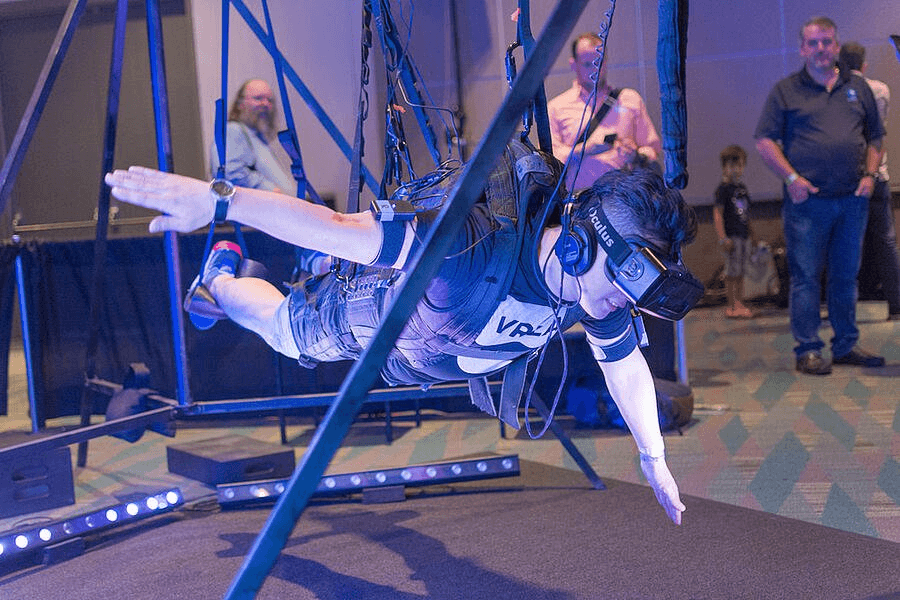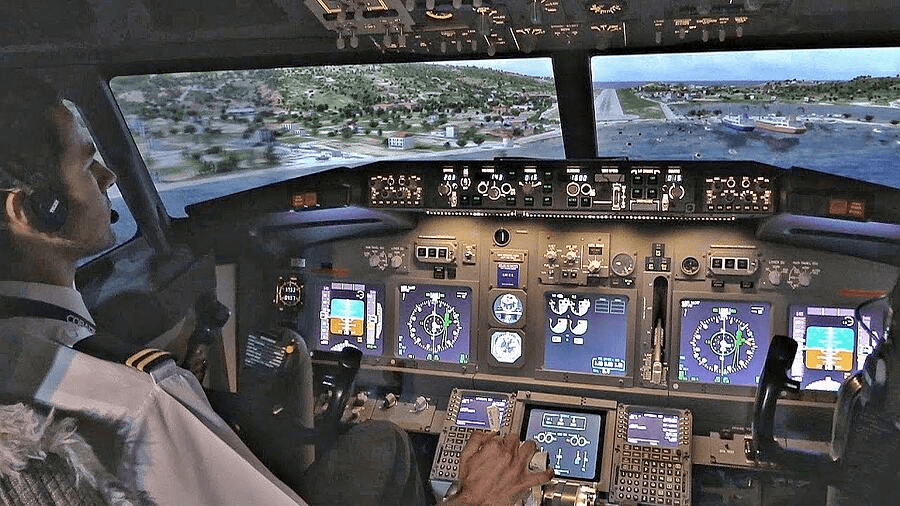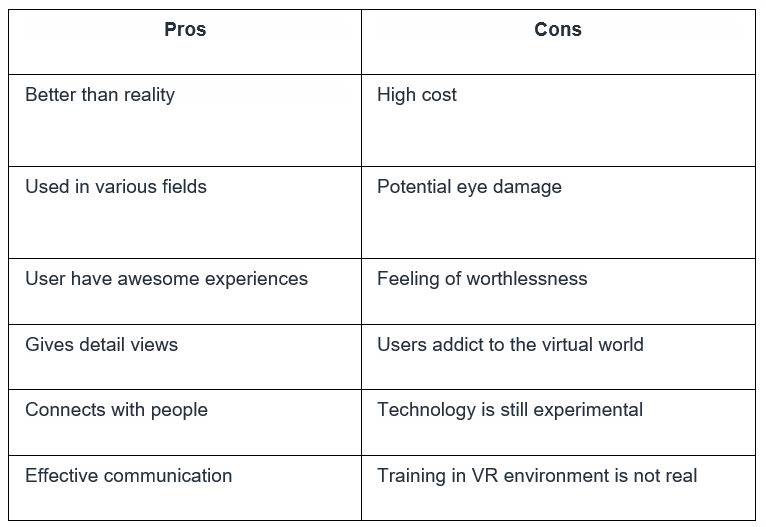BLACK FRIDAY
85% Discount for all November
85% Discount for all November

Technology
Digital Content
Virtual Reality is a fully digital experience that can either simulate or differ completely from the real world. Instead of viewing a screen in front of them, users are immersed and able to interact with 3D worlds. Apart from its popular gaming use case, virtual reality is applied in a variety of industries, such as medicine, architecture, military, and others. In order to experience and interact with virtual reality, you’ll need the proper equipment, like a pair of VR glasses or a headset. It was first used to give training to pilots, instead of sitting in planes they could control operations using the VR headset.
There are three main types of virtual reality used today to transform the world around us, including non-immersive, semi-immersive, and fully-immersive simulations.
Fully-immersive simulations give users the most realistic experience possible, complete with sight and sound. The VR headsets provide high-resolution content with a wide field of view. Whether you’re flying or fighting the bad guys, you’ll feel like you’re really there.

Semi-immersive simulations provide users with a partially virtual environment to interact with. This type of VR is mainly used for educational and training purposes and the experience is made possible with graphical computing and large projector systems.

Non-immersive simulations are often forgotten as an actual type of VR, because it’s very common in our everyday lives. The average video game is technically considered a non-immersive virtual reality experience. These experiences have become more advanced in recent years with video games like Wii Sports, where the system actually detects your motion and translates it on screen.

It allows you to interact further with certain exhibits and can even allow them to walk around a 3D object and see it from different angles.
Rather than just focusing on taking people into new worlds, the future of virtual reality is also going to be able to take people back in time to events that happened so that they can be relived once again.
You could feel, see and hear what is going on around you. Other sensory tools could also be added such as smells and more intense touch such as soft, cold, hot to give you a more realistic experience.
Surgery training through virtual reality gives an immense amount of exposure to doctors, without wanting a volunteer to participate. Professionals learn new procedures, technicalities, usage of equipment, and even interaction with patients through human simulation software are commenced. Simulations are used to teach how to use new medical devices in a virtual and risk free environment.
Though with virtual reality, teachers are able to make the impossible possible, and give children the ability to fine tune their motor skills and work on things that they otherwise wouldn’t have access to. The extraordinarily immerse environment allows students to work on any real life applications regardless of their skill level because there aren’t any hazards involved. As an example, a student interested in becoming a mechanic will be able to do an oil change or change an engine using virtual reality in an augmented universe. This gives them the skills that they need without putting them in a dangerous environment.
People would be able to walk on different planets without leaving planet earth and travel to countries that don’t even exist, or are out of reach financially or physically to the general public. Having virtual theme parks could save on cost, upkeep, staffing and many other aspects yet still allow visitors to have fun on rides that are beyond physically able to build or too expensive to be of profit.
 Overall, virtual reality means creating a simulation of a real world experience that a person can enter and leave at any time using technology. As VR continues to develop, we will only see these simulations getting more in-depth and real. The technology also continues to miniaturize and grow cheaper, bringing VR to a position where almost anyone could have the chance to try it.
Overall, virtual reality means creating a simulation of a real world experience that a person can enter and leave at any time using technology. As VR continues to develop, we will only see these simulations getting more in-depth and real. The technology also continues to miniaturize and grow cheaper, bringing VR to a position where almost anyone could have the chance to try it.
That was all about Virtual Reality, drop a like and share it if you found it informative.
Thank you. Have a nice day, let's meet in the next blog!
Wednesday, Nov 10, 2021